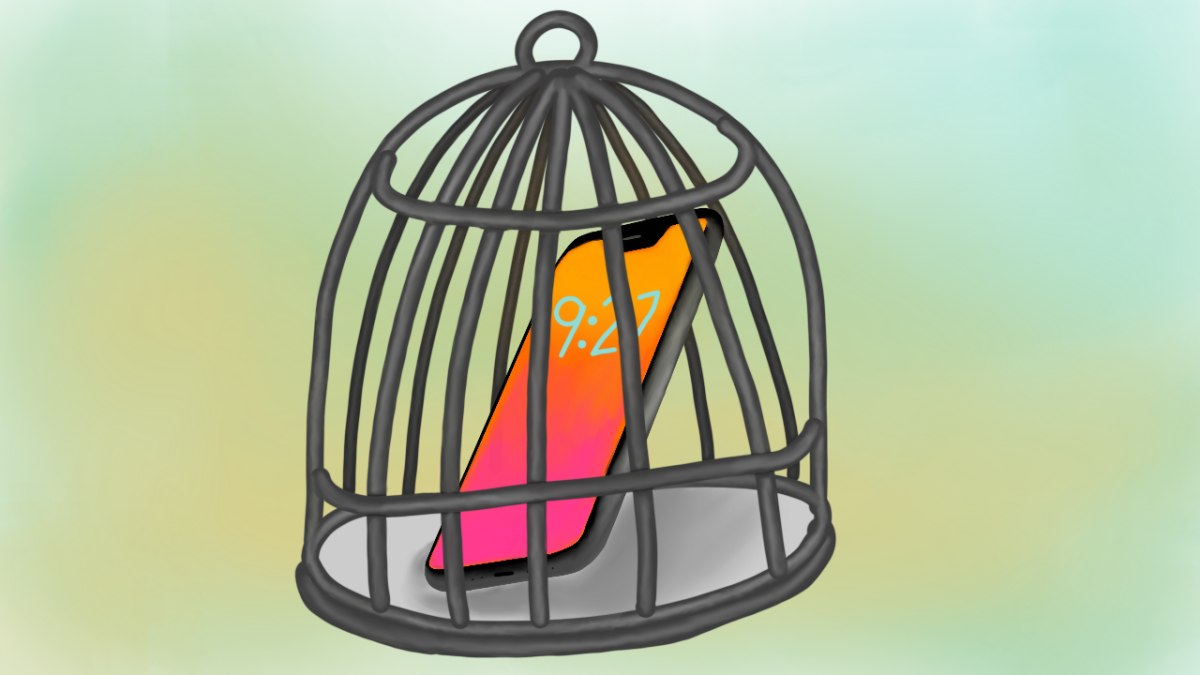Where Does Valentine’s Day Come from?
April 14, 2022
Valentine’s Day has been celebrated by people all around the world for centuries. Often deemed a “Hallmark Holiday,” a holiday perceived to exist primarily for commercial purposes, Valentine’s Day dominates storefronts starting shortly after the ball drops on New Years Eve, but there is much more to the holiday than the roses and candy most of us may realize.
While in modern times, the purpose of Valentine’s Day is to celebrate romantic and platonic love, there are multiple legends as to where this holiday actually came from. According to The History Channel, some believe that Valentine’s Day was originally created in the 5th century to hide the pagan holiday of Lupercalia. Lupercalia was an ancient Roman festival celebrated on February 15th. It is believed by many that St. Valentine’s Day was established in an attempt to expel the pagan sacrificial rituals that took place on that day. If they are correct, it seems that the Church’s plan worked as it was supposed since centuries later there are very few people still celebrate Lupercalia. Even though Lupercalia was not as peaceful of a day as Valentine’s, it did share its ties to romance which could be why Valentine’s Day is when we celebrate love.
Most historians who have studied the 5th century and surrounding times, however, do not agree with this theory stating that the closeness in dates of the two holidays could mean absolutely nothing, since there are limited days on which to hold celebrations. Most of these historians attribute the association of Valentine’s Day with love and romance to Geoffrey Chaucer’s 1375 poem Parlament of Foules. The poem is written from the point of view of someone who has never experienced love. In the poem, the narrator is in search of love, but has somehow been disqualified from ever attaining it. In line 309, the narrator says, “For this was on Saint Valentines day/[When] every [bird] cometh ther to [choose] his [mate].”
Although there are many possible origins of Valentine’s Day, there is one thing about it that cannot be disputed – its deep capitalistic ties. When did it become necessary to buy tangible goods to display love? The sending of holiday cards became more common in the 1800s. According to The History Channel, in the 1840s, Esther A. Howland, an artist, yearned to improve the cards past the simple things they were. When she did, her intricately designed cards became extremely popular, and she became known as the “Mother of Valentine.” It is certainly telling that the woman who brought more money to the name of Valentine’s Day became known as its mother.
Cards are not the only thing exchanged on February 14th. The image of Valentine’s Day is associated with the giving of gifts. The average American spends approximately $162 on Valentine’s Day. A holiday that was originally about love and partnership has been changed into one that is about making the most money. According to Statista, total Valentine’s day spending hit $23.9 billion in 2022, up almost 10% from 2021.

Over the centuries it has existed, Valentine’s Day has transformed to fit the society that we live in. It changed to protect the needs of the church, and it changed so that it could merge easily with capitalism. One of the more positive ways it has changed has been to support the #MeToo movement, a social movement against sexual abuse and harassment. Valentine’s Day has been used in more modern times as a way to confess romantic feelings, and that was often done through anonymous gestures. However, with #MeToo, more people have been able to set boundaries. Receiving an anonymous card can be scary, and people have been able to voice their concerns over that aspect of the day, which is why it’s been less common in the past few years. #MeToo has placed an emphasis on communication, which doesn’t only impact Valentine’s Day but the couples who celebrate it. Communication allows for healthier, stronger relationships, which is what Valentine’s Day is truly about – relationships with the people you love.
As society progresses, it will certainly be interesting to see how Valentine’s Day changes to conform to the values of humankind.




